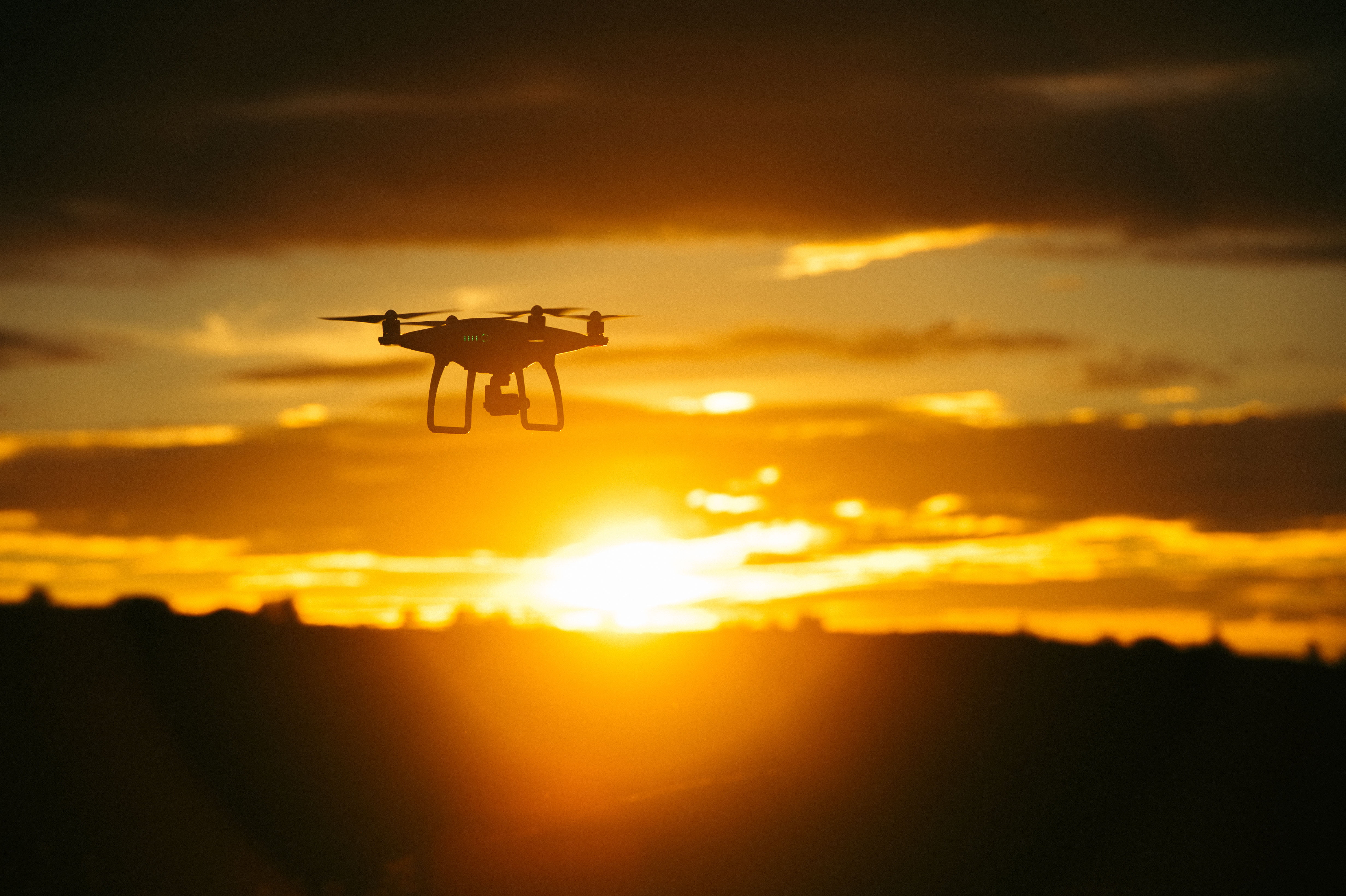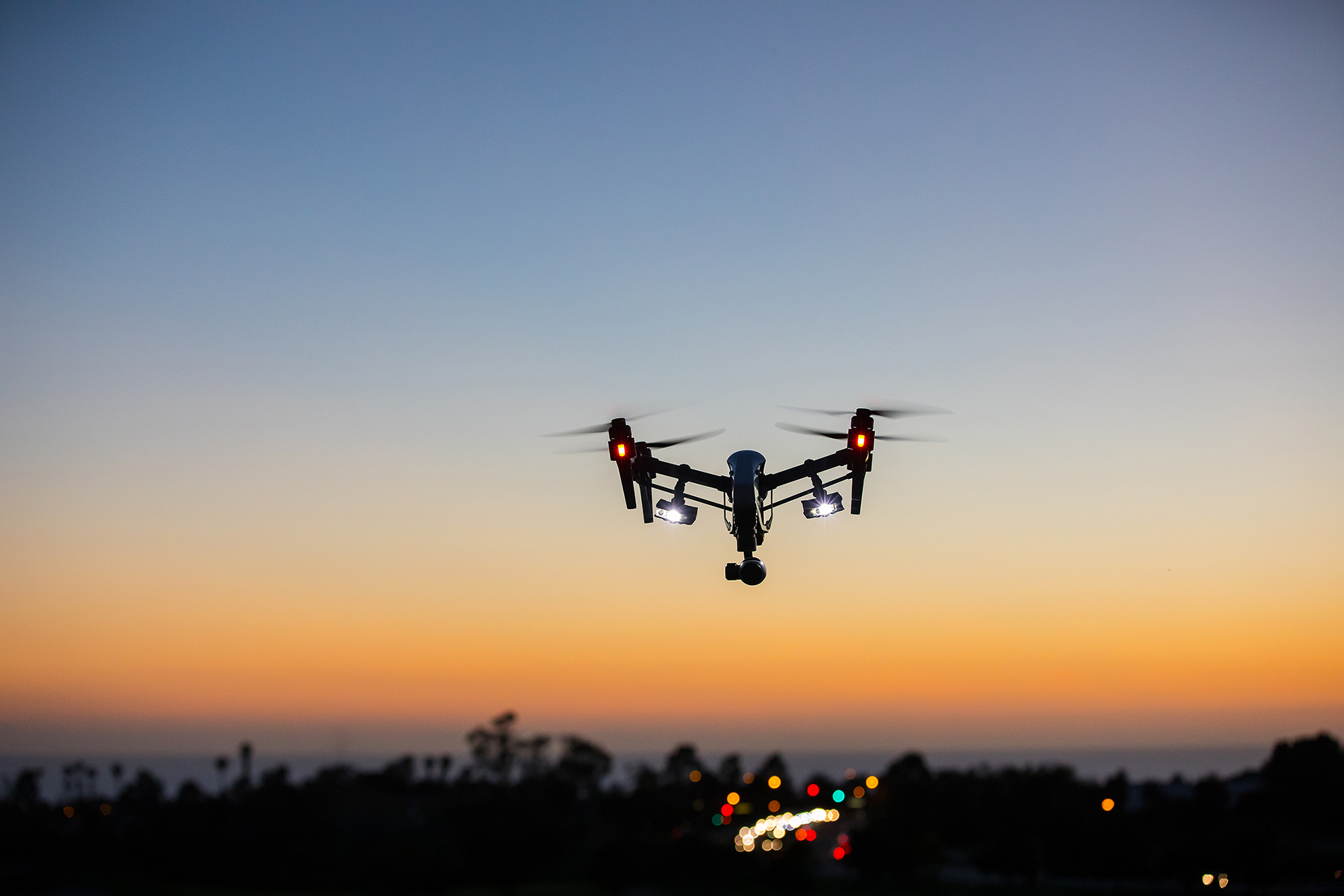Sky elements drones are revolutionizing atmospheric research, offering unprecedented access to previously unreachable data. These unmanned aerial vehicles (UAVs), equipped with an array of sophisticated sensors, provide detailed information on cloud formations, temperature profiles, wind speeds, and other atmospheric phenomena. This allows for a more comprehensive understanding of weather patterns, climate change, and air quality, leading to improvements in forecasting models and environmental monitoring initiatives.
The versatility of sky elements drones extends beyond scientific research. Their applications span various sectors, including agriculture (precision farming), infrastructure inspection (identifying structural weaknesses), and environmental monitoring (assessing pollution levels). The ability to collect data in real-time, coupled with advanced data analysis techniques, is transforming how we observe and interact with the atmosphere.
Drone Technology in Atmospheric Research
Unmanned aerial vehicles (UAVs), commonly known as drones, are revolutionizing atmospheric research, offering unprecedented access to atmospheric data collection at various altitudes and locations. Their versatility and cost-effectiveness compared to traditional methods are driving significant advancements in our understanding of atmospheric processes.
Types of Drones Used for Atmospheric Data Collection
A variety of drone platforms are employed in atmospheric research, each suited to specific needs. Fixed-wing drones excel in long-range missions, while multirotor drones provide superior maneuverability for close-range observations. Hybrid designs combine the benefits of both. Tethered drones offer continuous operation without the constraints of battery life. The choice depends on factors such as mission duration, required altitude, and payload capacity.
Advantages and Disadvantages of Drones in Atmospheric Research
Compared to traditional methods like weather balloons and research aircraft, drones offer several advantages. They are significantly more cost-effective, allowing for more frequent and geographically diverse data collection. Their maneuverability allows for targeted sampling of specific atmospheric phenomena. However, limitations include shorter flight times compared to balloons and aircraft, and sensitivity to weather conditions.
Hypothetical Drone Mission: Cloud Formation Study
A mission to study cloud formation could involve deploying a multirotor drone equipped with a suite of sensors, including anemometers for wind speed and direction, hygrometers for humidity, and particle counters for aerosol concentration. The drone would fly through different cloud layers, collecting data to understand the dynamics of cloud development and precipitation formation. Data analysis would focus on correlations between meteorological parameters and cloud microphysics.
Comparative Analysis of Sensor Payloads
Common sensor payloads for atmospheric research drones include temperature and humidity sensors, pressure sensors, GPS, anemometers, and various optical sensors such as spectrometers and cameras for capturing images and videos of clouds and atmospheric phenomena. The choice of payload depends on the specific research objectives.
Drone Model Comparison
| Drone Model | Flight Time (minutes) | Range (km) | Payload Capacity (kg) |
|---|---|---|---|
| DJI Matrice 300 RTK | 55 | 15 | 2.7 |
| Autel EVO II Pro 6K | 40 | 9 | 1.2 |
| Skydio X2 | 35 | 8 | 1.0 |
| Parrot Anafi USA | 25 | 4 | 0.5 |
Sky Element Monitoring and Data Analysis
Analyzing data from sky element drones involves sophisticated techniques that leverage both automated processing and expert interpretation. This section explores these methodologies and the challenges involved in ensuring data accuracy and reliability.
Data Analysis Methods
Data collected by drones is typically processed using specialized software packages that allow for georeferencing, visualization, and statistical analysis. Techniques such as interpolation and data fusion are employed to create comprehensive representations of atmospheric conditions. Machine learning algorithms are increasingly used to identify patterns and trends in large datasets.
Improving Weather Forecasting
Drone-collected data, particularly high-resolution measurements of temperature, humidity, and wind speed, can improve the accuracy of numerical weather prediction (NWP) models. By incorporating drone data into NWP models, forecasters can better predict the formation and evolution of weather systems, leading to more accurate and timely forecasts.
Challenges in Data Calibration and Validation
Calibrating and validating drone-based atmospheric data is crucial for ensuring its accuracy and reliability. This involves comparing drone measurements with data from established sources, such as weather stations and radiosondes. Challenges include accounting for sensor drift, environmental effects, and potential errors in GPS positioning.
Sky elements drones offer a versatile platform for aerial photography, expanding the possibilities for capturing breathtaking vistas. For those interested in high-altitude, long-range surveillance capabilities, a system like the cobequid pass camera provides a compelling example of advanced technology integration. This showcases how sophisticated camera systems can be seamlessly integrated with drone technology to achieve remarkable results, pushing the boundaries of what sky elements drones can accomplish.
Processing Raw Thermal Camera Data
A step-by-step procedure for processing raw data from a drone-mounted thermal camera might involve: (1) Data import and georeferencing; (2) Radiometric calibration to correct for sensor non-linearity; (3) Atmospheric correction to remove the effects of atmospheric absorption and emission; (4) Noise reduction and image enhancement; (5) Temperature mapping and visualization.
Data Workflow: Acquisition to Analysis
The workflow begins with data acquisition using the drone-mounted sensors. The raw data is then downloaded and pre-processed, including georeferencing and calibration. Next, data analysis is performed, including statistical analysis, visualization, and potentially machine learning techniques. Finally, the results are interpreted and used for the intended application, such as weather forecasting or environmental monitoring.
Applications of Sky Element Drones in Different Industries
The versatility of sky element drones extends across diverse sectors, each leveraging the unique capabilities of these platforms for improved efficiency and enhanced decision-making.
Industries Benefiting from Sky Element Drones
Three key industries that benefit from sky element drones are agriculture, environmental monitoring, and infrastructure inspection. These sectors utilize drones to obtain crucial data on atmospheric conditions that impact their operations and planning.
Agriculture vs. Environmental Monitoring
In agriculture, drones are used to monitor crop health and optimize irrigation based on temperature and humidity data. In environmental monitoring, they are used to study air quality, track pollution plumes, and assess the impact of climate change. While both applications utilize similar data acquisition techniques, the specific analyses and outcomes differ significantly.
Sky elements drones, with their intricate choreography and vibrant displays, often push the boundaries of aerial technology. However, even the most advanced systems can encounter unexpected issues, as highlighted by the recent orlando drone show malfunction , reminding us of the inherent complexities involved. Understanding such incidents helps improve the safety and reliability of future sky elements drone performances.
Regulatory Landscape
The regulatory landscape surrounding drone usage varies across countries. Many nations have established specific regulations for drone operation in controlled airspace, requiring pilots to obtain licenses and adhere to safety guidelines. These regulations often include restrictions on flight altitude and proximity to airports.
Sky elements drones offer a unique perspective, capturing breathtaking aerial footage. For instance, imagine the stunning visuals achievable by using them to monitor areas like the Cobequid Pass, which you can view via this impressive camera system: cobequid pass camera. The high-resolution imagery obtained from such a setup provides valuable data, further enhancing the capabilities of sky elements drones in various applications.
Improving Infrastructure Inspection Safety and Efficiency
Drones equipped with thermal cameras can detect temperature anomalies in power lines and other infrastructure, identifying potential hazards before they escalate into major failures. This improves both safety and efficiency, reducing the need for costly and potentially dangerous manual inspections.
Future Applications of Sky Element Drones
- Autonomous swarm deployments for large-scale atmospheric monitoring.
- Integration of drones with weather balloons for enhanced data collection.
- Development of drones capable of operating in extreme weather conditions.
- Use of drones for atmospheric sampling and air quality monitoring in urban areas.
- Advanced sensor technologies for more accurate and detailed atmospheric measurements.
Ethical and Safety Considerations of Sky Element Drone Operations: Sky Elements Drones
Safe and responsible drone operation is paramount. This section addresses critical ethical and safety aspects to ensure the technology is utilized responsibly and ethically.
Risks Associated with Drone Operations

Potential risks include collisions with aircraft or other airspace users, interference with communication signals, and data breaches. Strict adherence to safety protocols and regulations is essential to mitigate these risks.
Importance of Pilot Training and Certification
Proper pilot training and certification are crucial for ensuring safe drone operation. Certified pilots possess the knowledge and skills to navigate airspace safely, handle emergencies, and comply with all relevant regulations.
Data Privacy and Security
Protocols for ensuring data privacy and security involve implementing robust encryption methods, limiting access to sensitive data, and complying with relevant data protection regulations. Anonymisation techniques may be necessary to protect individual privacy.
Pre-Flight Safety Checklist
A pre-flight safety checklist should include verifying drone functionality, checking weather conditions, inspecting the flight area for potential hazards, and confirming communication links. The checklist should also include battery checks and payload verification.
Ethical Considerations of Data Ownership and Access
Ethical considerations related to data ownership and access involve balancing the public benefit of data sharing with the need to protect intellectual property rights and ensure responsible data usage. Clear guidelines and agreements are necessary to address these issues.
The Future of Sky Element Drones

Technological advancements are poised to significantly enhance the capabilities of sky element drones, opening new possibilities for atmospheric research and monitoring.
Technological Advancements
Potential advancements include the development of more efficient and longer-lasting batteries, improved sensor technologies with enhanced accuracy and resolution, and the integration of advanced communication systems for reliable data transmission.
AI and Machine Learning
Advancements in AI and machine learning will enable more efficient processing and analysis of large drone datasets, facilitating the identification of patterns and trends that may not be apparent through manual analysis. This will allow for more accurate and timely predictions of weather patterns and environmental changes.
Autonomous Drones in Long-Term Monitoring
Autonomous drones have the potential to revolutionize long-term atmospheric monitoring by enabling continuous data collection without the need for constant human intervention. This will lead to a more comprehensive understanding of atmospheric dynamics and climate change.
Timeline of Development and Application, Sky elements drones
Over the next decade, we can anticipate significant advancements in drone technology, including increased flight times, improved sensor capabilities, and widespread adoption of autonomous systems. The integration of AI and machine learning will also accelerate the analysis and interpretation of drone-collected data.
Innovative Drone Designs

- Hybrid designs combining fixed-wing and multirotor capabilities for extended range and maneuverability.
- Drones capable of operating at higher altitudes and in more extreme weather conditions.
- Drones equipped with advanced sensor suites for comprehensive atmospheric measurements.
- Autonomous swarm systems for coordinated data collection over large areas.
The integration of sky elements drones into atmospheric research and various industries marks a significant leap forward in our ability to understand and interact with the environment. While challenges remain regarding data validation, safety protocols, and regulatory frameworks, the potential benefits are undeniable. As technology advances, we can anticipate even more sophisticated drone designs and data analysis methods, ultimately leading to a deeper understanding of our planet’s atmospheric dynamics and more effective solutions to environmental challenges.
User Queries
What are the limitations of using sky elements drones?
Limitations include flight time constraints, weather dependency, regulatory restrictions on airspace usage, and the potential for data loss due to technical malfunctions.
How much do sky elements drones cost?
The cost varies greatly depending on the drone’s specifications, sensor payload, and manufacturer. Prices range from a few thousand dollars to well over one hundred thousand dollars for advanced models.
What safety measures are in place for operating sky elements drones?
Safety measures include pre-flight checks, adherence to airspace regulations, pilot training and certification, and the implementation of robust data security protocols.
What is the future of AI in sky elements drone data analysis?
AI and machine learning will automate data processing, improve accuracy in weather forecasting, enable real-time anomaly detection, and facilitate the development of more sophisticated predictive models.